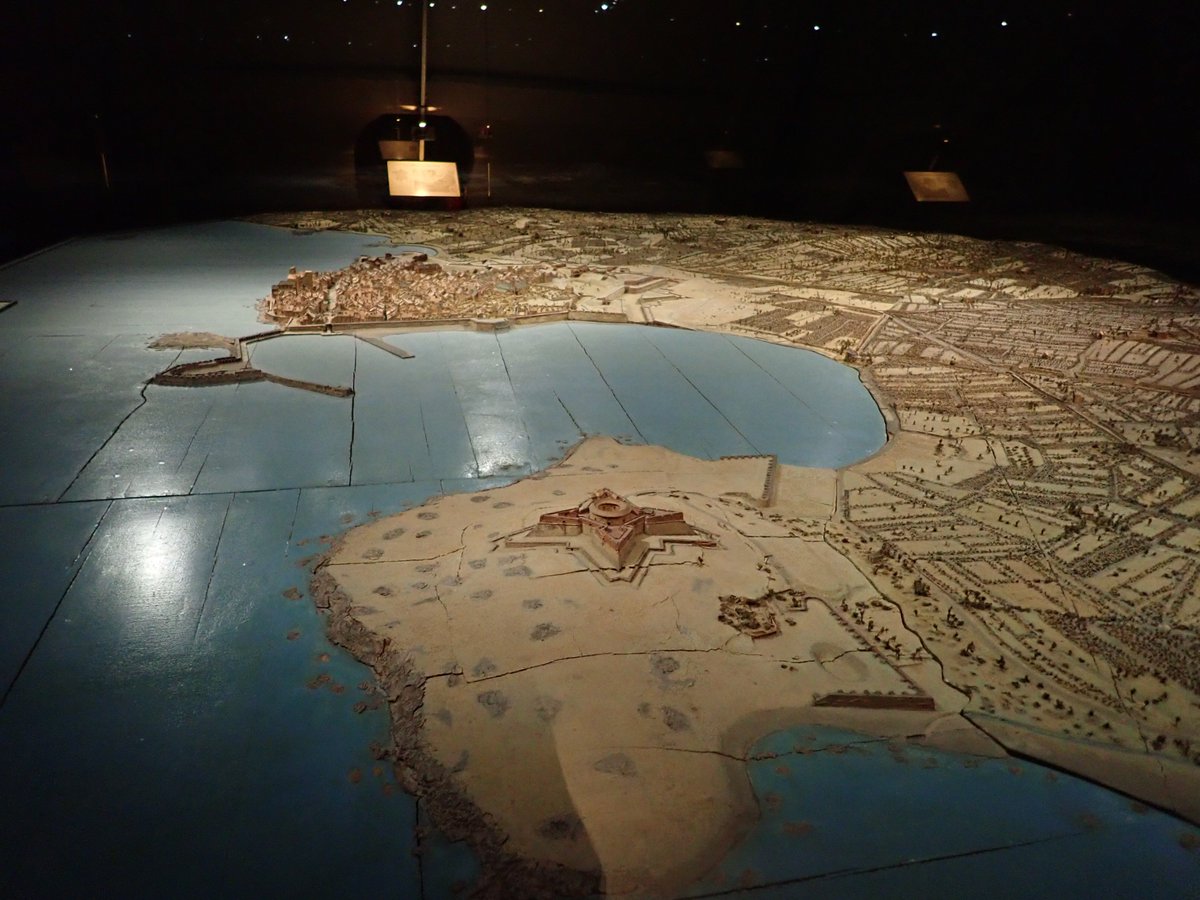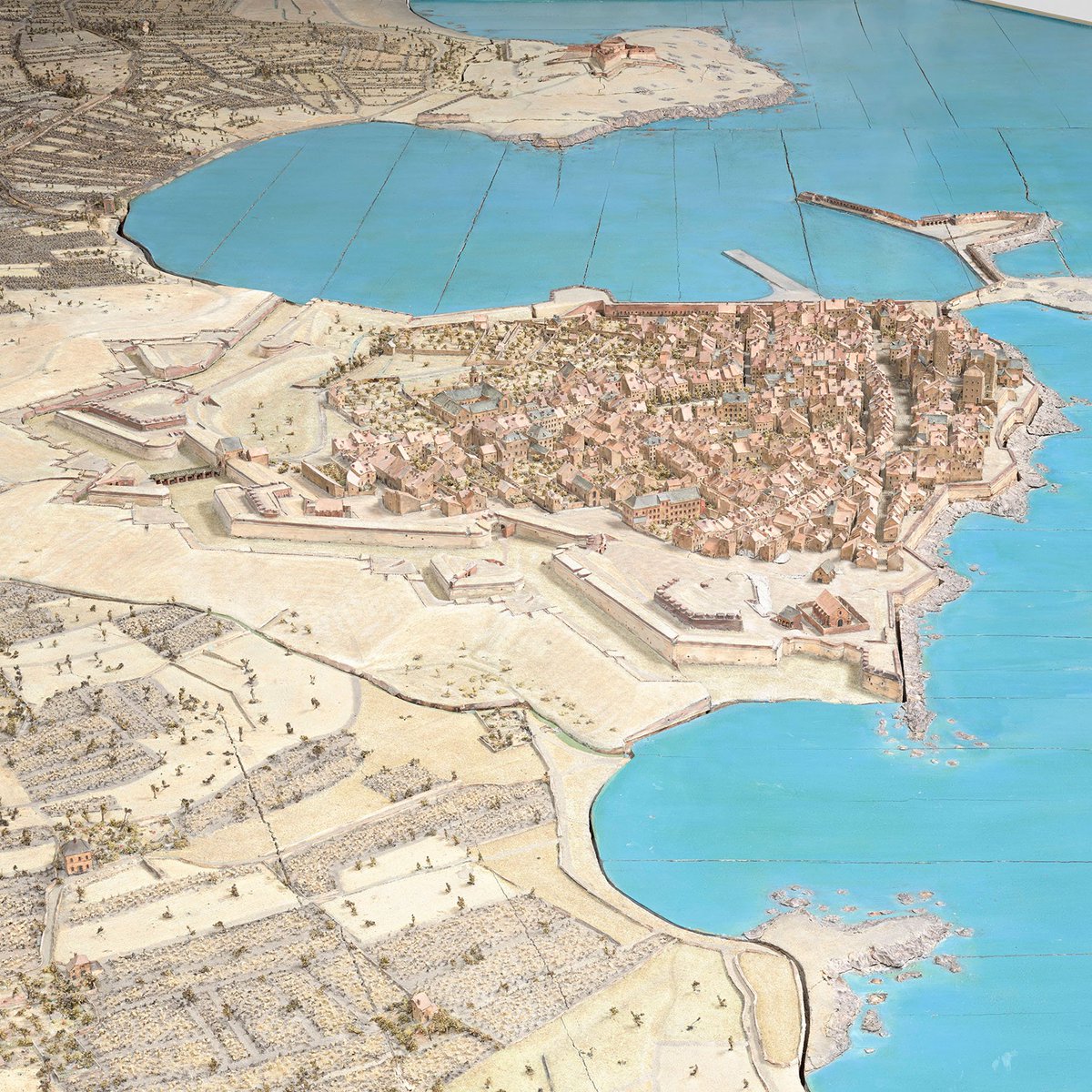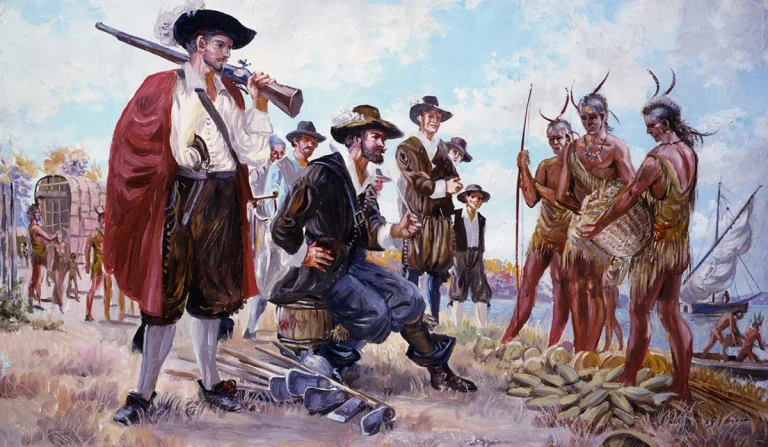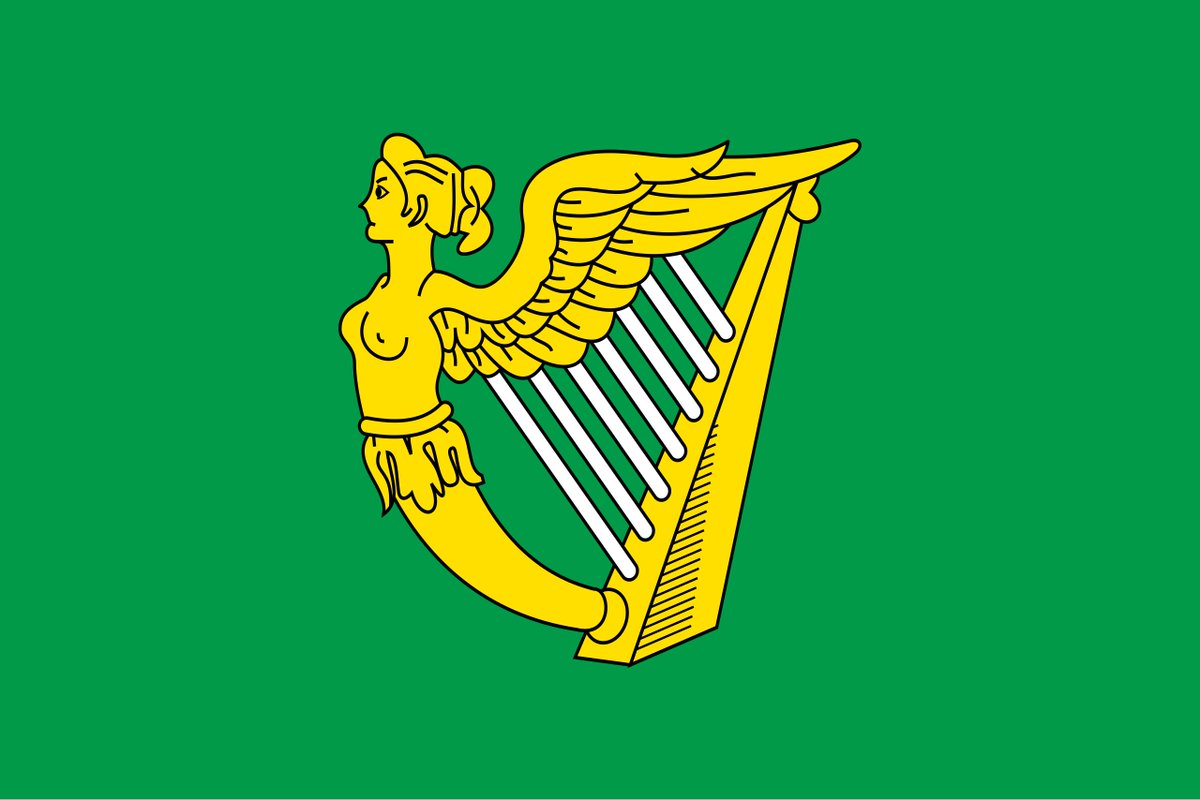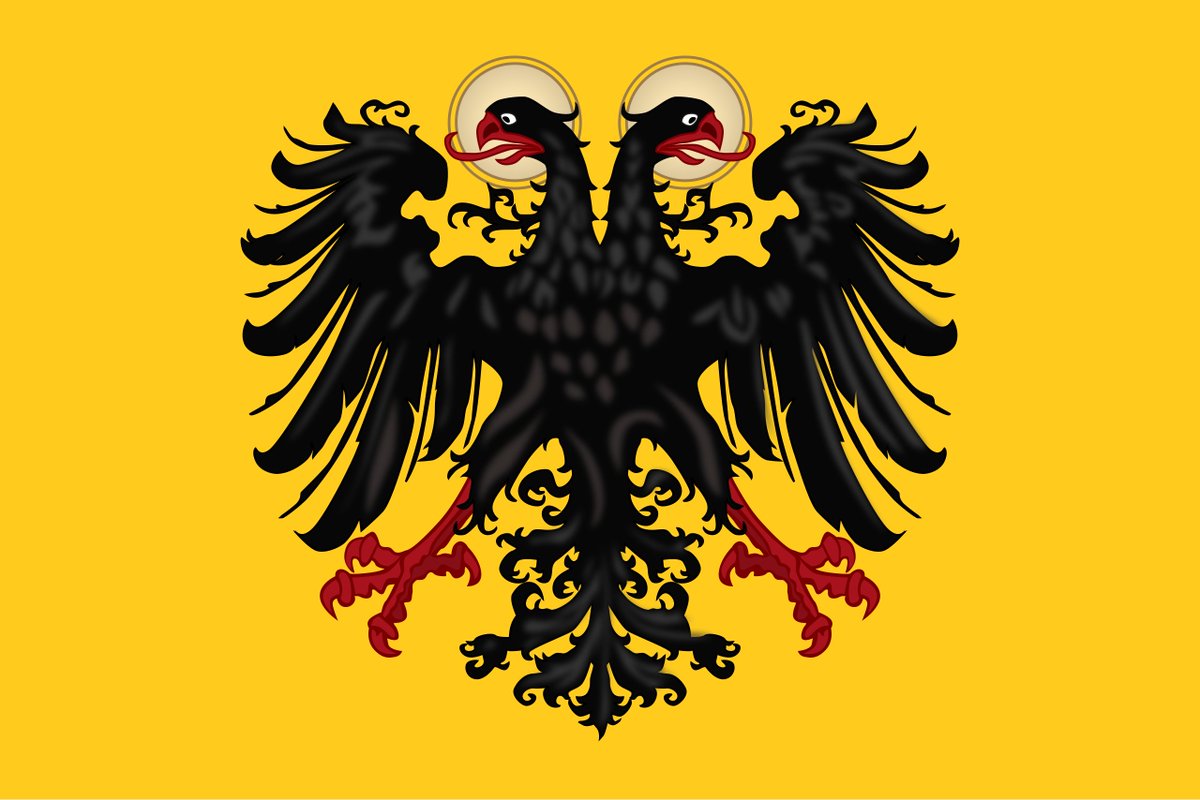Today 17 December is anniversary of the end of the Siege of Godesberg in 1583 during the religious Cologne War. The Catholic faction of Ernest of Bavaria blew up the fortress defended by the supporters of the Protestant Gebhard von Waldburg after the latter refused to surrender! 

Godesberg was an ancient medieval fortress near Bonn that was really hard to besiege. The Catholic troops led by Ernest's brother Ferdinand tried to bombard it but were unsuccessful and gave up on it. They decided to dig tunnels with sappers in the side of the mountain instead. 



After they finished their work they placed 680 kilograms of powder in the tunnels. On 17 December Ferdinand gave the defenders one last chance to surrender but they refused. Ferdinand thus ordered to detonate the explosion. 

The huge blast destroyed part of the fortress and there was so much rubble and debris that the attackers couldn't storm it afterwards. They had to use the latrine system to get to the keep where the remaining defenders were and slaughtered them! 

You can see how little remained of this once mighty fortress of Godesberg after this devastating explosion! 


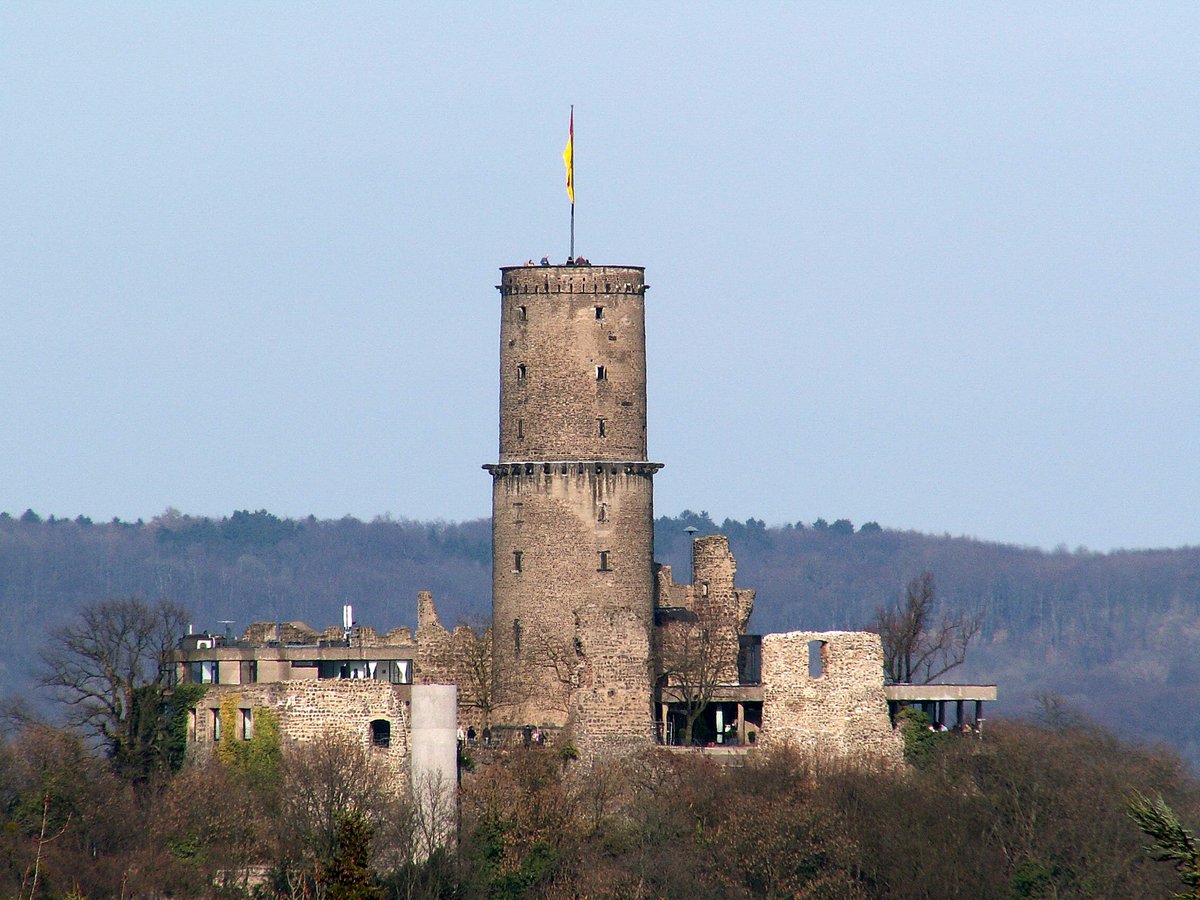


• • •
Missing some Tweet in this thread? You can try to
force a refresh








